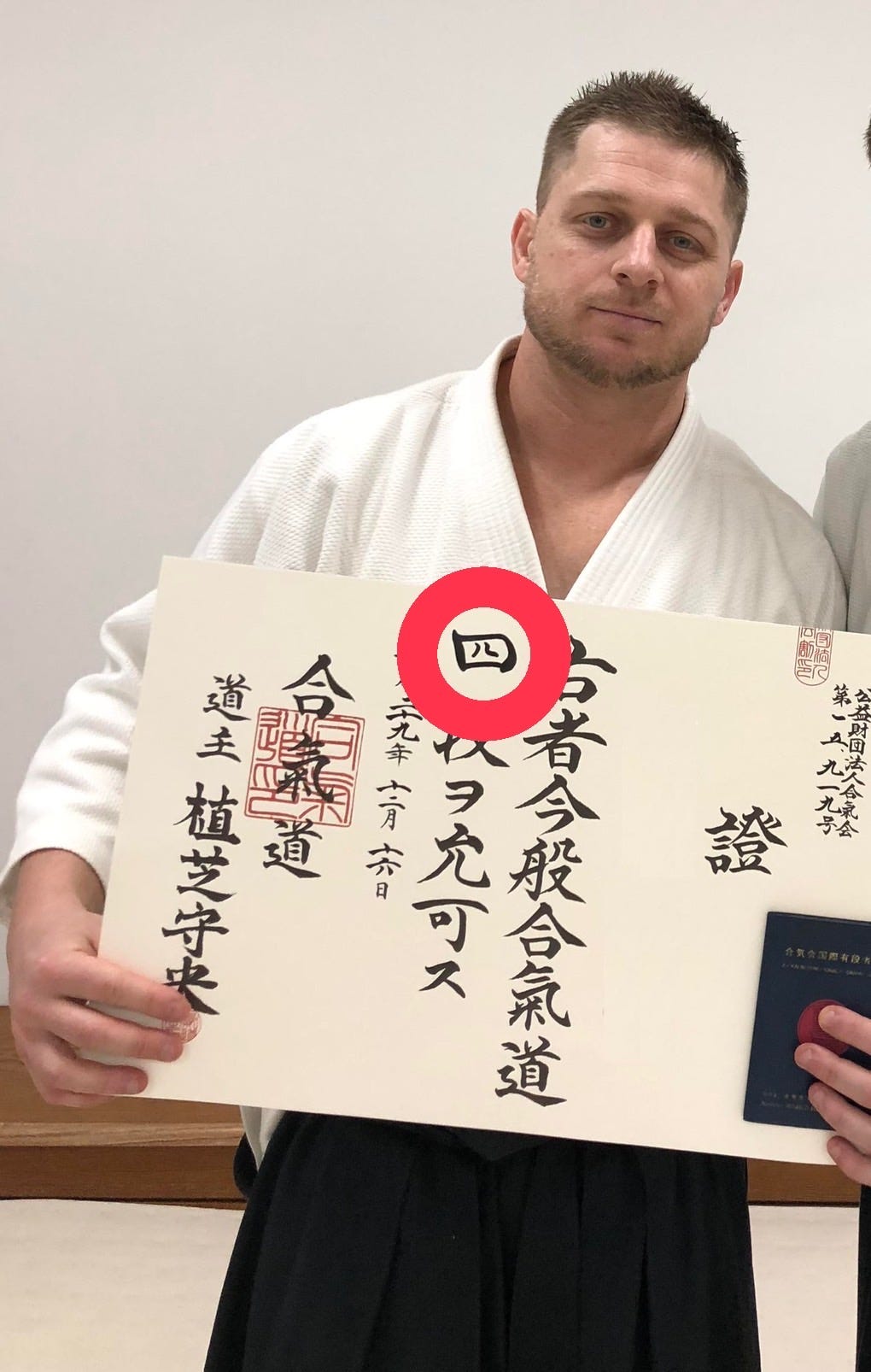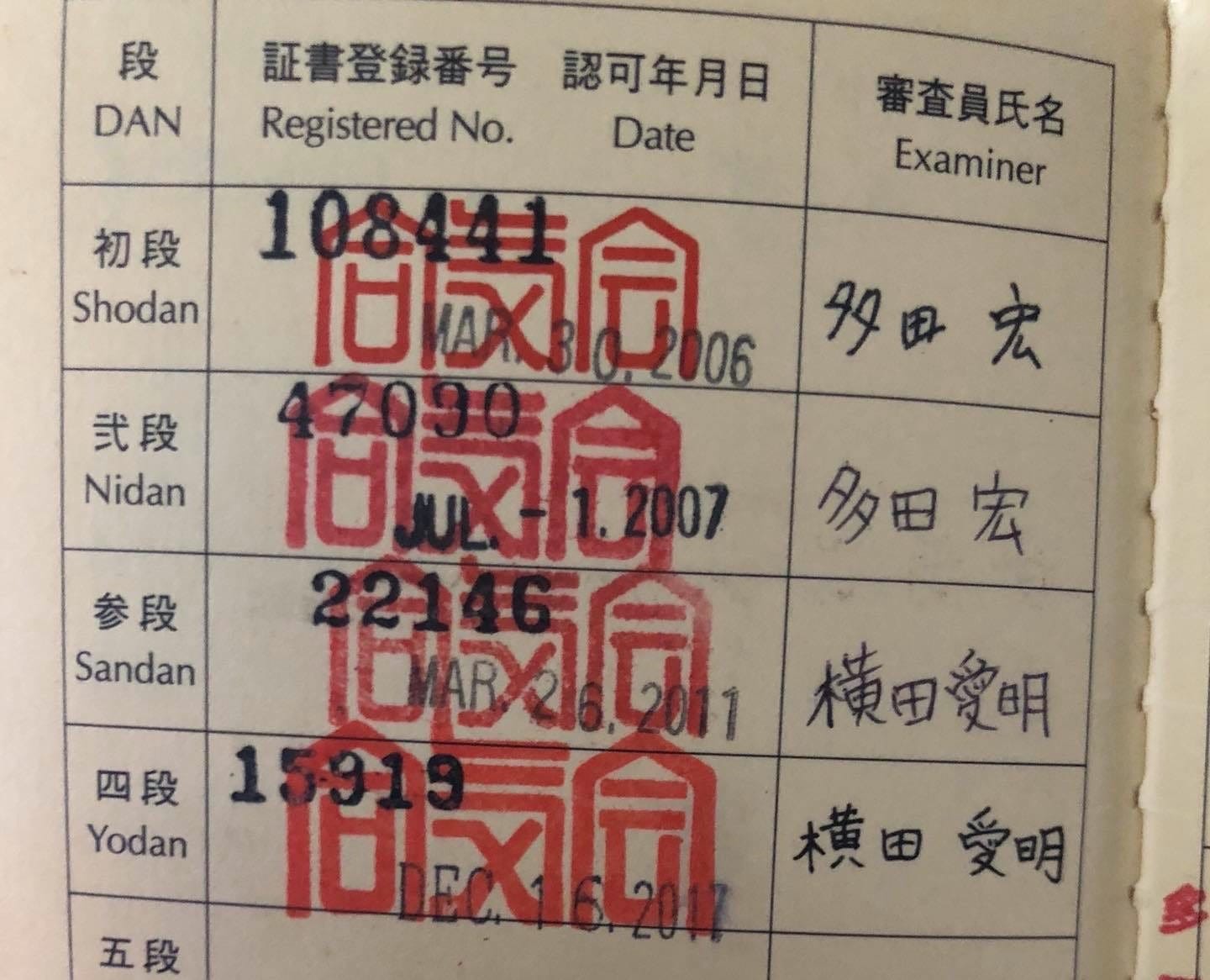Here’s a cool thing about Japanese kanji that a Japanese friend told me about recently.

Some of the kanji for numbers 1 through 10 have a built in anti-fraud system!
Some of the numbers in Japanese consist of only a few strokes - you can see below that a single line represents the number 1, two lines for 2, three lines for 3, and a cross for 10.
However, there are also a set of formal kanji for these numbers, too. They are used in legal and financial documents, and you will also see them on Japanese bank notes. They are also used a lot in martial arts grading certificates!
So why do these complex characters need to be used when the simple ones are being used daily?
It's actually to prevent fraud! The simple, few stroke characters could easily be altered and cause problems in scenarios where specific figures are vital. For example, a one 一 could be easily changed to a two 二 or a three 三, and a three 三 could be changed to a five 五. A ten 十 could even be changed into a ten thousand 万!
By using the formal kanji, these fraudulent alterations aren't possible.





